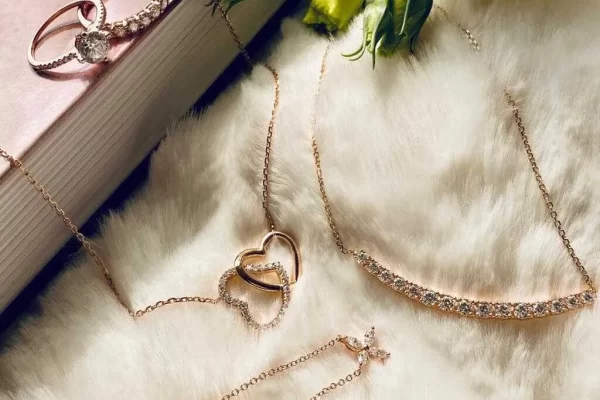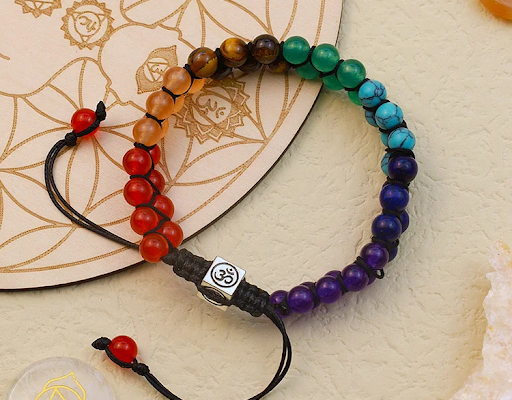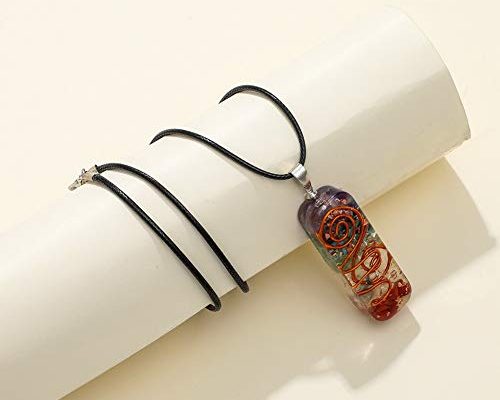This passage will guide you at:
- Introduction
- Metals Used in Tibetan Bracelets
- The Power of Symbols in Tibetan Bracelets
- Beads and Their Significance
- Integrating Modern Materials in Tibetan Bracelets
- Conclusion
Introduction
In the vast realm of jewelry, there exists a special category that weaves together artistry, spirituality, and cultural heritage: the Tibetan bracelet. These ornate pieces, often adorned with intricate symbols and made from a blend of traditional and modern materials, tell stories that span centuries. They’re not just accessories; they’re carriers of ancient wisdom, individual aspirations, and profound beliefs. In this exploration, we’ll delve deep into the heart of the Tibetan bracelet, unveiling the materials, symbols, and significance that make it a cherished piece for many around the world.
The Power of Symbols in Tibetan Bracelets
Tibetan bracelets, with their intricate designs and deep-rooted cultural significance, are much more than just ornate jewelry pieces. A large part of the allure of a Tibetan bracelet lies in the symbols engraved or embedded within them. These symbols, often inspired by Buddhist teachings and Tibetan culture, carry profound meanings that resonate with wearers across the globe.
- Mantras and Deities: Many Tibetan bracelets are adorned with mantras, sacred chants believed to invoke blessings and spiritual connections. “Om Mani Padme Hum,” one of the most revered mantras, is frequently found inscribed on these bracelets. Apart from mantras, depictions of deities like Chenrezig or Tara are also common, symbolizing compassion, protection, and enlightenment.
- The Endless Knot: This mesmerizing, intertwined design, often seen on a Tibetan bracelet, represents the interconnectedness of all things in the universe. It’s a symbol of unity, eternity, and the cyclical nature of life and death.
- Dharma Wheel: Representing the noble path to enlightenment, the Dharma Wheel is a potent symbol in Buddhism. On a Tibetan bracelet, this wheel signifies the wearer’s commitment to spiritual growth and the continuous journey towards self-realization.
- Lotus Flower: The lotus, emerging pristine from the mud, is a universal symbol of purity, rebirth, and spiritual elevation. Its presence on a Tibetan bracelet serves as a reminder of the potential for growth and enlightenment, regardless of one’s circumstances.
In essence, every Tibetan bracelet is a tapestry of symbols, each carrying a message, a belief, or a prayer. For the wearer, it’s not just about donning a piece of jewelry; it’s about embracing the stories, energies, and aspirations that these symbols represent. Whether worn for fashion, faith, or personal resonance, a Tibetan bracelet is a powerful talisman, connecting the wearer to a rich legacy of spirituality and culture.
Beads and Their Significance
In the realm of Tibetan jewelry, beads play an instrumental role, especially in the crafting of Tibetan bracelets. Beyond their aesthetic appeal, these beads are deeply rooted in Tibetan culture and spirituality, each carrying its own unique significance and story.
- Mala Beads: Traditionally, Mala beads are used in Buddhist practices for counting mantras during meditation. In a Tibetan bracelet, these beads serve a dual purpose. They act as a reminder of one’s commitment to spiritual practice and meditation, while also adding a touch of elegance and intricacy to the bracelet’s design.
- Color Symbolism: The choice of bead color in a Tibetan bracelet is rarely arbitrary. Each hue holds its own meaning. For instance:
- Red beads, often made of coral or dyed stone, symbolize life force, courage, and protection.
- White beads, commonly crafted from bone or shell, signify purity, clarity, and enlightenment.
- Blue beads, reminiscent of the vast sky, represent tranquility, infinite wisdom, and the vastness of the universe.
3. Bead Materials: The material of the bead also holds significance. For example, turquoise, a favorite of many Tibetan bracelets, is considered a protective stone, believed to ward off evil spirits and misfortune. Similarly, amber, another popular choice, is associated with healing, while jade beads are believed to bring prosperity and good luck.
4. Arrangement and Number: The arrangement and number of beads in a Tibetan bracelet can also carry symbolic meanings. For example, a bracelet with 108 beads reflects the 108 human passions one must overcome to reach enlightenment.
In essence, beads are not mere decorative elements in a Tibetan bracelet. They are carriers of culture, spirituality, and individual stories. Each bead, whether it’s chosen for its color, material, or symbolic representation, adds depth to the bracelet, making it a cherished accessory for those who understand or wish to connect with its profound meanings.

Integrating Modern Materials in Tibetan Bracelets
The Tibetan bracelet, a symbol of rich cultural heritage and profound spirituality, is witnessing a renaissance in the world of jewelry. As global aesthetics evolve and modern materials become more accessible, these traditional bracelets are embracing change, masterfully merging the old with the new. This seamless integration ensures that the Tibetan bracelet remains relevant and appealing to a broader audience.
- Adapting to Modern Aesthetics:
The intricate designs and symbols traditionally associated with Tibetan bracelets are now being reimagined with a contemporary twist. Sleeker lines, minimalist patterns, and modern motifs are being introduced, ensuring the bracelet complements both traditional and modern attire.
- Catering to Global Tastes:
As the world becomes more interconnected, there’s a growing appreciation for diverse cultures and their artistic expressions. Tibetan bracelets, while rooted in Tibetan culture, are now being designed with a global audience in mind. This means incorporating universally appealing elements, ensuring that regardless of one’s cultural background, the bracelet resonates on some level.
In essence, the Tibetan bracelet is a testament to the adaptability and timelessness of Tibetan craftsmanship. By embracing modern materials and aesthetics while staying true to its roots, the Tibetan bracelet continues to captivate, bridging the gap between tradition and contemporary fashion.
Conclusion
The allure of the Tibetan bracelet lies in its multi-dimensional appeal. It’s a harmonious blend of aesthetics, spirituality, and cultural richness. Every bead, every symbol, and every material tells a story, resonates with an emotion, or invokes a blessing. As we’ve journeyed through its many facets, it’s evident that this bracelet is more than just a piece of jewelry; it’s a legacy, a spiritual companion, and a statement of individuality. For those inspired by this exploration and eager to own a piece of this rich heritage, Buddha Stones offers a curated collection of authentic Tibetan bracelets. Each piece at Buddha Stones is crafted with care, ensuring that you’re not just wearing a bracelet but embracing a tradition. Dive into their collection and find the Tibetan bracelet that resonates with your soul.




